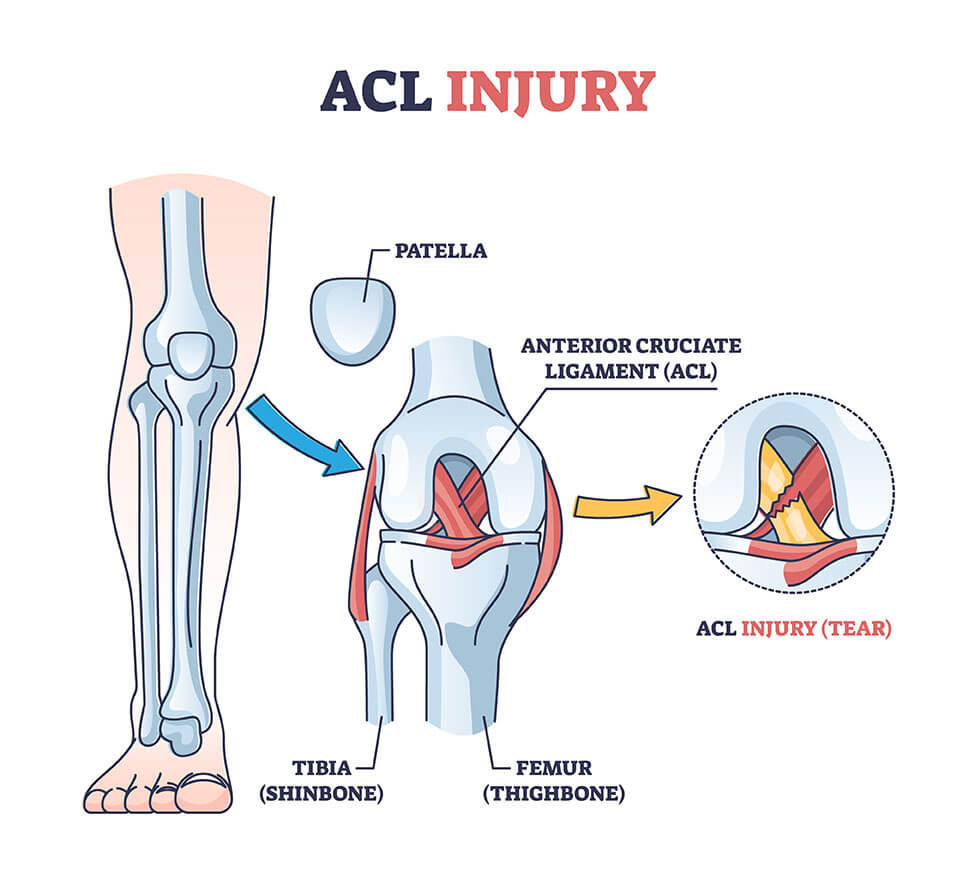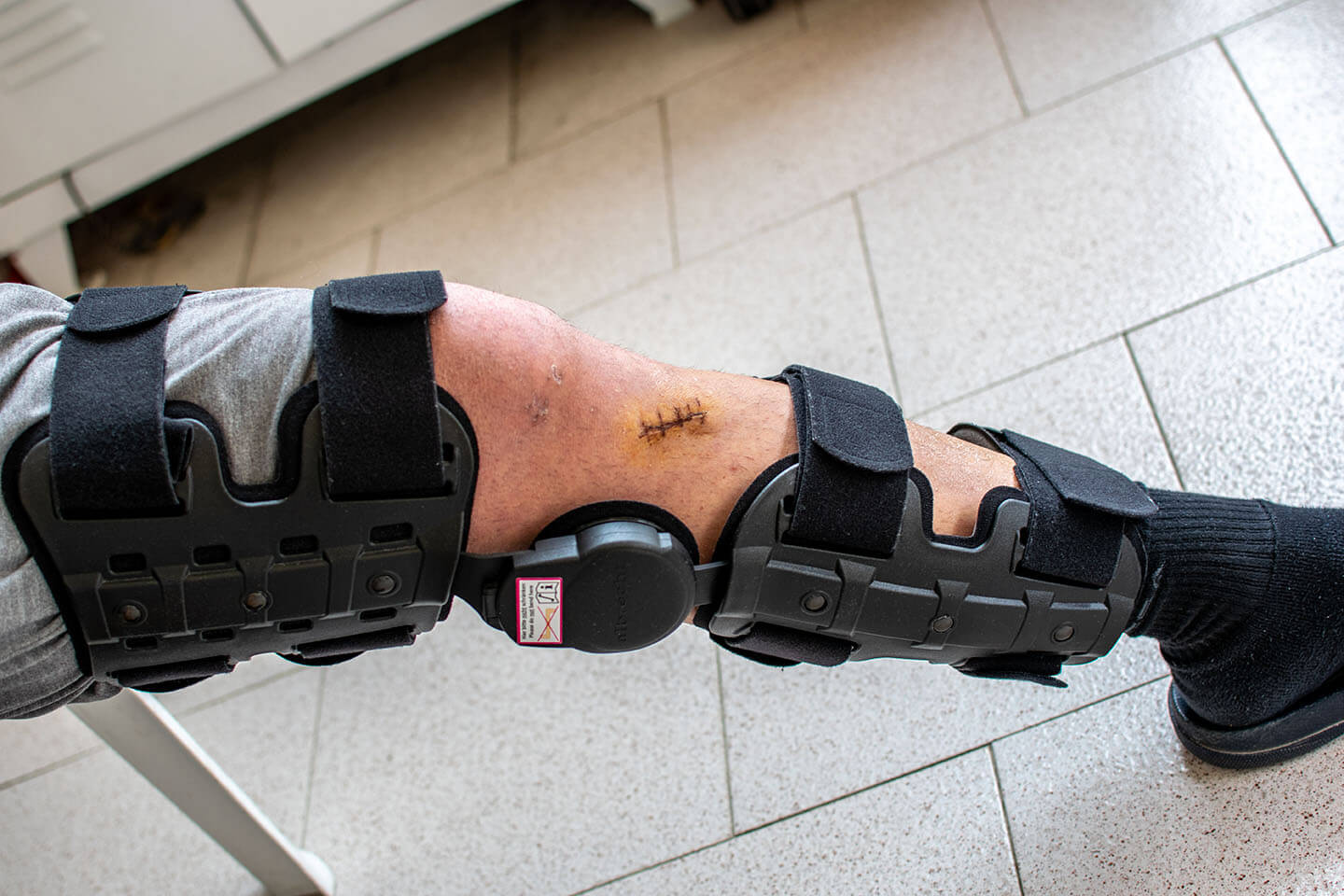ACL injuries are common in young populations playing in multi-directional sports (think netball, touch football, AFL, soccer etc.) Often it is common to feel angry, upset and uncertain about future sporting endeavours with this injury, as it is associated with a significant amount of rehabilitation post surgery. While timelines can vary pending other obstacles such as additional meniscus or MCL/LCL injury, return to sport generally occurs within 9-12 months post surgery. This is a similar timeline to if conservative management was to be completed instead.
While timelines are good at helping to motivate people to continue rehab diligently, I have found in my experience that it can also be detrimental to the rehab process. With most of my ACL population ranging from 14-25 years of age, I find that focusing on timelines only can lead to patients rushing their rehab and skipping fundamental steps that are essential in returning to sport safely with minimal risk of re-rupture. For example, some patients may be unable to perform a squat with appropriate alignment at 3 months, yet they will return to running because they read online that most people are running at this stage. While I personally have not experienced any, most re-ruptures that occur prior to the return to sport stage is when the patient is progressing too quickly and are attempting something that their knee is not yet ready to handle.


